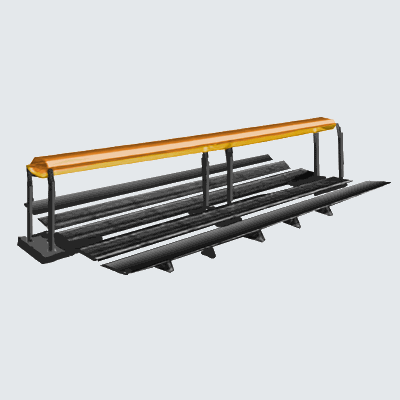
A Linear Solar Concentrator is an infinitely-scalable, linear device which concentrates solar radiation onto a linear target for generating heat or steam to produce electricity.
Dashboard

A Linear Solar Concentrator is an infinitely-scalable, linear device which concentrates solar radiation onto a linear target for generating heat or steam to produce electricity.